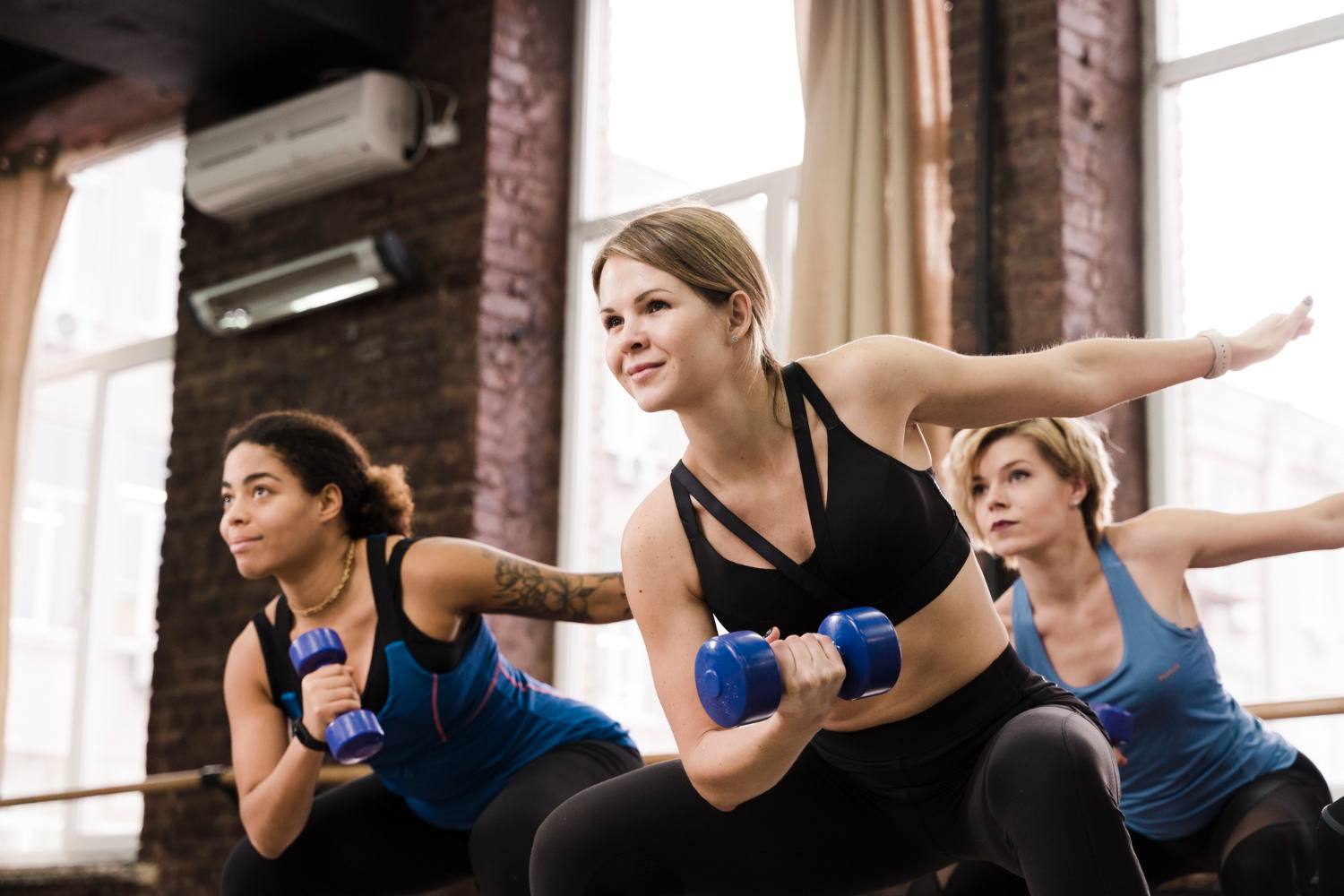Welcome to our blog, where every thought is a new journey and every post is your guide. Discover the unknown, get inspired, and share your ideas with the world!
Welcome to our blog, where every thought is a new journey and every post is your guide. Discover the unknown, get inspired, and share your ideas with the world!

Flexibility is one of the key components of physical fitness, especially for athletes. It affects the effectiveness of exercise, reduces the risk of injury and promotes rapid recovery. In this article, we will look at why stretching is important, and how to properly incorporate it into the training process.
Why stretching is important
1. Increased range of motion
Stretching helps increase the flexibility of joints and muscles, which allows you to perform exercises with a greater amplitude. This is especially important for athletes who need to achieve maximum results in their disciplines. For example, gymnasts, dancers, and track and field athletes depend on flexibility to perform complex elements.
2. Injury Prevention
Regular stretching reduces the risk of injuries such as sprains and muscle tears. When muscles and ligaments are flexible enough, they can cope with loads more easily and are not subjected to excessive strain. This is especially important for athletes who train regularly and participate in competitions.
3. Improved blood circulation
Stretching helps improve blood circulation in the muscles, which helps deliver oxygen and nutrients to the tissues. This speeds up the recovery processes after training and contributes to the overall improvement of the body's condition.
4. Psychological relaxation
Stretching can be a great way to relax after a strenuous workout. Flexibility exercises help relieve stress and tension, which is especially important for athletes participating in competitions. Muscle relaxation contributes to better concentration and mental preparation.
How to Incorporate Stretching into Your Workout
1. Warm-up before training

Before the main part of the workout, it is important to do a warm-up, which includes light stretching exercises. This will help prepare the muscles for the load and reduce the risk of injury. It is recommended to spend 5-10 minutes on dynamic stretches, such as joint rotations, bends, and lunges.
2. Basic training
During the main workout, you can turn on static stretches. These exercises are performed after strength or cardio exercises, when the muscles are already warmed up. Static stretching allows you to work your muscles and ligaments more deeply, improving flexibility.
3. End of training
After training, you should take time for a cool-down, including static stretching. This will help restore normal levels of flexibility and relax the muscles. It is recommended to do each stretch for 15-30 seconds, avoiding sudden movements and pain.
4. Regular classes
To achieve noticeable results, it is important to stretch regularly. It is optimal to set aside separate days for flexibility training or include them in each training process. You can also consider practicing yoga or Pilates, which are largely aimed at developing flexibility.
Conclusion
Flexibility and stretching exercises play an important role in the training of athletes. They help improve range of motion, prevent injuries, speed up and increase overall fitness. By including stretching in the training process, athletes will be able to achieve better results and maintain health for a long time. Remember that regularity and correct exercise technique are the key to success in developing flexibility.



The author did not provide sources of information, which makes it difficult to verify the data and understand their reliability.
You have perfectly explained very difficult points. Thank you for your work and desire to share your knowledge!